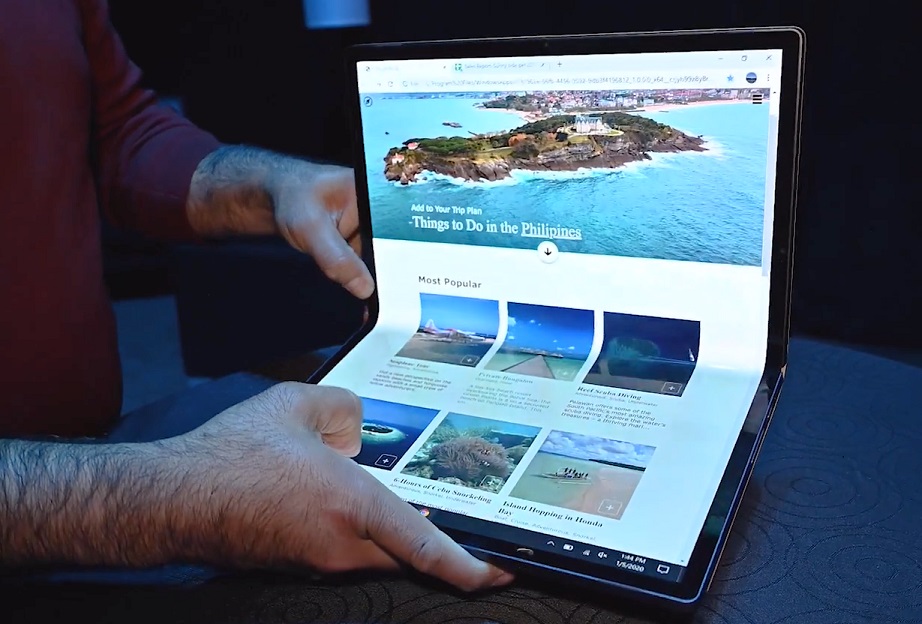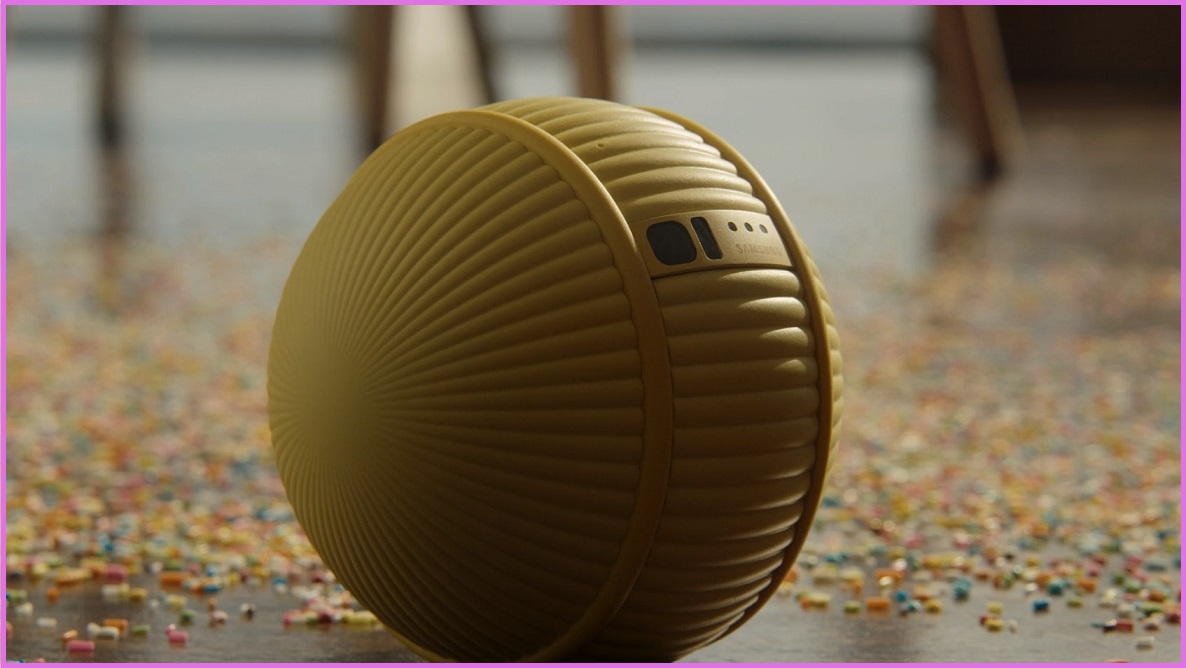A rolling robot, prototype community of the future, AI-powered toothbrushes and a slew of foldable devices were among the new innovations unveiled at the biggest tech consumer show in the world.
Nearly 200,000 people converged on Las Vegas across three days last week for the Consumer Electronics Show, featuring new technologies and big announcements from some of the largest companies in the world.
One of the most significant announcements came from Toyota, with its unveiling of plans to create the prototype community of the future. Woven City will be built on a 175-acre plot of land near Mount Fuji in Japan which used to be a manufacturing plant, in the city of Susono in Shizouka.
The community will be an “experimental laboratory of future technologies”, including driverless vehicles, hydrogen fuel cells, robots, smart homes and new forms of personal mobility.
South Korean tech giant Samsung made a number of major announcements at the conference, including a partnership with Google on the new, two-in-one Samsung Chromebook. At just 9.9mm thick and with a touch pen, the device will closely integrate with Galaxy phones, along with Google’s operating system.
“For years, students have come to love Chrome OS in classrooms around the world - but today, Chromebooks are being used for so much more, by the younger generation and working professionals alike,” Google senior director of product management Kan Liu said. “As we see the demand for premium Chromebook experiences rise, we are investing more and more with partners like Samsung to build the next generation of flagship Chromebook product innovations and offerings.”

The impossibly thin Samsung Chromebook. Image: Supplied
Samsung also teased a new artificial intelligence chatbot, ‘Neon’, labelling it an artificial human. The tech is not meant to replace Siri or Alexa and isn’t intended to be a robot either.
“Neons are more like us, an independent but virtual living being, who can show emotions and learn from experiences,” Neon CEO Pranav Mistry said. “They can serve as an individualised teacher, a personal finance advisor or a healthcare provider.”
Samsung revealed the next stage of its home robot strategy with Ballie, a prototype companion device. The adorable little ball makes cute noises and interacts with inhabitants in a house.
There are always a number of bizarre robots unveiled at the tech conference, and this year one of the strangest came from Charmin with the Rollbot. The toilet paper robot can bring you a fresh roll of toilet paper when you really need it.
“Out of toilet paper – no one hears your cry for help,” Charmin research and development staff member Greg Weaver said. “You fire it up with an app on your smartphone. The Charmin Rollbot will come to your rescue.”
The Charmin Rollbot doing what it does best. Image: Cnet
There was also a significant focus on 5G and the Internet of Things, with multiple connected devices on show, along with a series of foldable devices on the back of Samsung’s foldable phone from last year.
This included Neutrogena’s new AI-powered app which uses facial recongition technology to analyse a user’s skin and provide a tailored routine, and a number of connected toothbrushes, including from Colgate and Oral-B, which track how well you are brushing your teeth and ensure you get full coverage.
There was also an IoT bath mat which tracks your body composition, weight and posture every time you step out of the shower, which won the CES Innovation Award.
Another strange connected device was the Yogifi intelligent yoga mat, which includes guided audio instructions, and real-time feedback, along with virtual reality landscapes.
French company Netatmo used CES to unveil its smart lock, with an NFC badge used to unlock a door in tandem with a smartphone app. Using the app, you can also disable the key if it becomes lost or is stolen.
The technology uses bluetooth rather than wi-fi so it isn’t connected to the internet directly, and the service is likely to be popular with Airbnb hosts especially.
Last year saw Samsung unveil the first foldable smartphone, and this year’s CES saw other tech companies get in on the foldable bandwagon, including Lenovo, Dell, TCL and Huawei.
Intel unveiled the Horseshoe Bend, a 17-inch tablet or all-in-one computer which folds in half to become a 12.5 inch laptop, one half being a touchscreen and the other a touch keypad. The device also has a hardware keyboard that can slide down if you’re not too keen on digital keyboards.

The Intel Horseshoe Bend prototype. Photo: Business Insider
The Horseshoe Bend also features a kickstand to prop up the device, similar to that of a Microsoft Surface Pro, along with an OLED display.
Driverless vehicles and electric cars were also prominently on display at the show, including Sony’s own electric car. The Vision-S concept effectively demonstrated how the company’s technology can be used with existing vehicles to create a more sustainable car.
With the concept, Sony is aiming to “reimagine mobility as we know it”, the company said.
“We are in an age in which the cars of the future, once visible only in our imaginations, are finally becoming a reality,” Sony said. “It is not only hardware in the form of cars that is changing. The conventions of our daily lives and society are also being transformed.”
The prototype vehicle represents a “fusion of Sony’s technology and creativity”, and features a “safety cocoon” of 33 automative-grade sensors, 360-reality audio and a panoramic screen, along with a smartphone app allowing users to summon their parked car with a single tap.
The 2020 instalment of CES wasn't without controversy, with a keynote speech from Ivanka Trump, President Donald Trump’s daughter, drawing much ire and criticism. Many pointed to Trump’s lack of background in tech before she delivered the speech and interview focusing on the future of work.
Trump was also one of only two female keynote speakers at the conference.











